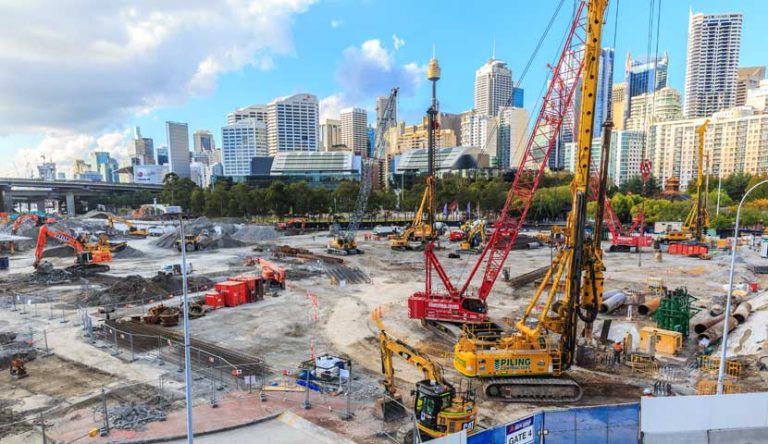Working at heights, particularly in elevated work platforms (EWPs), presents a multitude of hazards that can imperil the lives of workers if not managed effectively. In Victoria, Australia, where stringent workplace safety regulations are enforced by WorkSafe Victoria, the dangers associated with such high-risk work demand meticulous attention and adherence to safety protocols. The significance of this issue cannot be overstated, as falls from heights remain one of the leading causes of workplace fatalities and serious injuries across various industries.
WorkSafe Victoria, the state’s primary workplace health and safety regulator, underscores the critical importance of proper risk assessment and control measures for tasks involving working at heights. Employers have a legal obligation to ensure the health and safety of their workers under the Occupational Health and Safety Act 2004. Failure to comply with these obligations can result in severe penalties, including hefty fines and potential prosecution. Thus, it is imperative for employers to prioritize the implementation of adequate safety measures to mitigate the inherent risks associated with working at heights.
One of the primary risks associated with working at heights is the potential for falls, which can lead to catastrophic injuries or fatalities. This risk is exacerbated when workers operate in elevated work platforms, such as boom lifts or scissor lifts, which elevate them to considerable heights above the ground. Factors such as unstable surfaces, adverse weather conditions, equipment malfunction, and human error can significantly increase the likelihood of falls, underscoring the need for comprehensive safety protocols and training programs.
To address these risks, WorkSafe Victoria provides extensive guidance and resources to assist employers and workers in safely conducting high-risk work at heights. This includes recommendations for selecting appropriate fall protection systems, such as guardrails, safety nets, and personal fall arrest systems, as well as ensuring the proper maintenance and inspection of EWPs to prevent mechanical failures. Additionally, comprehensive training programs are essential to equip workers with the knowledge and skills necessary to identify hazards, use safety equipment effectively, and respond appropriately to emergency situations.
Furthermore, employers must conduct thorough risk assessments before commencing any work at heights to identify potential hazards and implement control measures to mitigate risks. This includes assessing the stability of the work surface, evaluating the suitability of access equipment, and considering environmental factors that may affect safety, such as wind speed and proximity to power lines. By taking a proactive approach to risk management, employers can minimize the likelihood of accidents and create a safer working environment for their employees.
Despite these precautions, accidents can still occur, underscoring the need for robust emergency response procedures and effective communication channels to facilitate timely assistance and medical treatment in the event of an incident. Employers should establish clear protocols for reporting hazards, conducting rescue operations, and providing first aid to injured workers. Regular drills and simulations can help ensure that workers are prepared to respond effectively to emergencies and minimize the severity of injuries.
In conclusion, the dangers associated with high-risk work at heights, particularly in elevated work platforms, demand unwavering attention and adherence to strict safety protocols in Victoria, Australia. With falls from heights remaining a significant cause of workplace fatalities and injuries, employers must prioritize the implementation of comprehensive risk management strategies, including proper training, equipment maintenance, and emergency preparedness. By complying with the regulations set forth by WorkSafe Victoria and fostering a culture of safety within the workplace, employers can protect the lives and well-being of their workers and mitigate the devastating consequences of workplace accidents.



